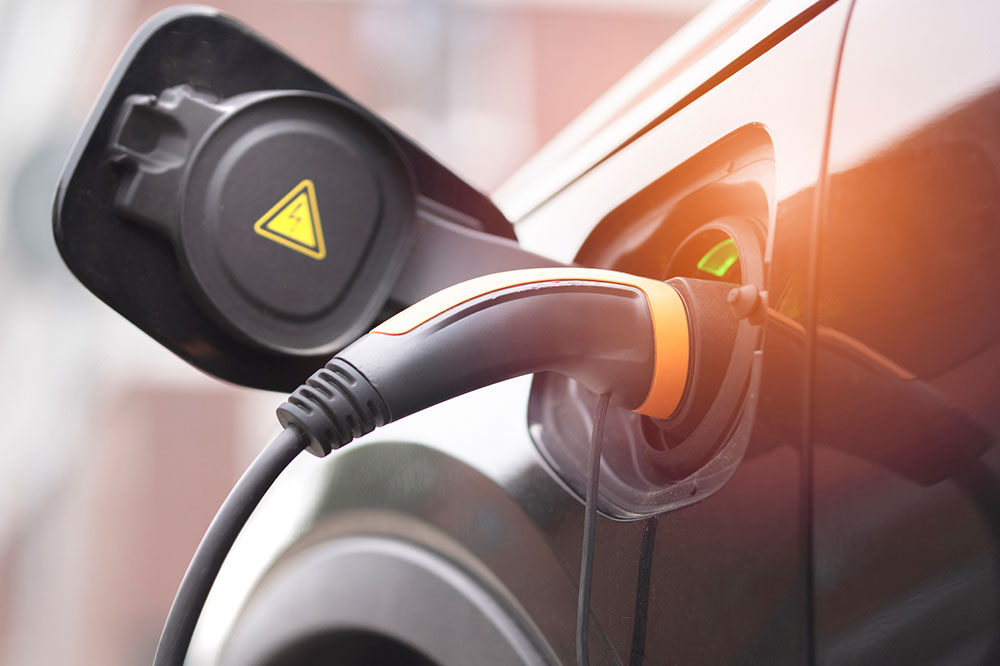What you need to know before switching to an electric car
If you are thinking of taking the plunge and switching to an electric vehicle (EV) here’s some things you should consider.

The price of fuel and the impact on the environment is on the mind of almost every driver of a petrol or diesel-powered internal combustion engine (ICE) vehicle.
The obvious things people first think of when considering a switch to an EV is the extra purchase cost and limited range compared with a traditional ICE vehicle.
Over time, with advancements in technology, these gaps will diminish and there are already viable options available.

A hybrid vehicle can save you on fuel costs if you are doing mainly suburban driving.
A standard hybrid has a small high-voltage battery or traction battery (much smaller compared to a full battery electric vehicle (BEV) and it works in conjunction with the internal combustion engine to capture energy when braking and decelerating and then reuses it under acceleration to reduce fuel consumption.
Some hybrids can also drive on just electric power at low speeds for a very limited range.
However, hybrid vehicles save little fuel if you are mainly doing high speed highway trips as braking and acceleration are not as frequent and so the electric motor isn’t as active.

A plug-in hybrid electric vehicle (PHEV) is a hybrid with a larger battery pack, that can be plugged in to a suitable power outlet and recharged, unlike a standard hybrid that recharges from regenerative braking and cannot be plugged in and charged.
The advantage of a plug-in hybrid is that it can be driven just on the electric motor alone, albeit for a much shorter range than a full battery electric vehicle (BEV).
Typical range for a plug-in hybrid is about 60km, which according to the Australian Bureau of Statistics is generally enough to cover the average daily commute in Australia.
PHEV vehicles can be a good option for driving long distances because the vehicle switches back to the internal combustion engine (usually petrol) when the battery runs out.

Drivers of full battery electric vehicles (BEVs or EVs) have high ownership satisfaction.
Beside their green feel-good factor and the fact that you aren’t spending big dollars on fuel anymore, owners often report love of the driving experience, with lots of instant and quiet torque.
An electric vehicle can also be more convenient for if you can charge at home and have access to fast chargers for your occasional longer road trips.
If you’re planning to regularly drive somewhere with limited access to the fast-charging network, you may have to wait for longer-range electric vehicles to become available on the market and better fast-charging infrastructure before you consider the plunge though.
At present, full battery electric vehicles (BEVs or EVs) can be expensive to purchase and insure when compared with similar internal combustion engine vehicles.
The higher purchase price of BEVs also needs to be considered because that also generally translates to higher finance costs if you can’t pay for the car in full.
However, when compared with internal combustion engine vehicles, the running costs of BEVs are generally lower.
The greater the distance you travel annually, the better value the electric vehicle becomes due to the lower running costs per km, especially if you can charge the vehicle for free from a home solar system, for example.
Electric car servicing costs
An EV will be cheaper to service and maintain compared with an ICE vehicle.
An EV will not require regular scheduled maintenance on the electric motor and most EVs do not have a multi-speed transmission (unlike ICE vehicles) which eliminates servicing costs on these components. Servicing of steering, brake and suspension systems will still be required.
To make a comparison, at the time of writing the Hyundai Ioniq EV costs $160 for each of the first five services at 1,5000km intervals according to the manufacturer’s website.
The Hyundai Ioniq petrol version costs $265 for each of the first, second, third and fifth services and $465 for the fourth. This equates to $800 for the EV and $1,525 for the ICE version.
To see which is the best option for your needs you need to work out what your current annual payments are for fuel, servicing, insurance, finance repayments and registration. You can then repeat the process for each of the hybrid and electric options to see if there is a cost benefit for how many kilometres you drive annually.
It may turn out that a battery electric vehicle is still more expensive due to a high purchase price, but a plug-in hybrid might save you money if you can run it on pure electric power for most of the time.
There is, however, a light at the end of the tunnel – with fuel prices continuing to rise, more and more electric vehicles coming onto the Australian market and increasing electric vehicle incentives and discounts.
The rapidly evolving technology also indicates that soon it will be cheaper to purchase a battery electric vehicle instead of an internal combustion engine vehicle.
Related topics
Things to note
The information in this article has been prepared for general information purposes only and is not intended as legal advice or specific advice to any particular person. Any advice contained in the document is general advice, not intended as legal advice or professional advice and does not take into account any person’s particular circumstances. Before acting on anything based on this advice you should consider its appropriateness to you, having regard to your objectives and needs.



